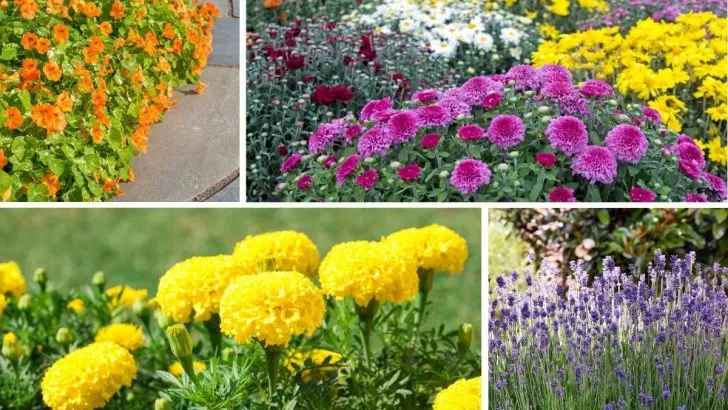Gardening can be a rewarding hobby – until pests start taking a shine to your precious plants. The thought of reaching for a chemical solution might be tempting, but there’s a more earth-friendly alternative that’s as easy as planting a seed.
Certain plants are not only beautiful additions to your garden but also effective natural pest control. By incorporating these plants, you can maintain a healthier garden ecosystem while keeping pesky intruders at bay.
Why is this important, you ask? Well, using plants for pest control is not only safer for the environment but also for you and your family.
Chemical pesticides can have harmful effects on health and biodiversity, whereas plants provide a sustainable and holistic approach.
Additionally, many of these plant allies offer benefits beyond pest control, such as attracting pollinators or enhancing soil health.
1. Marigolds: The Pest-Repelling Heroes
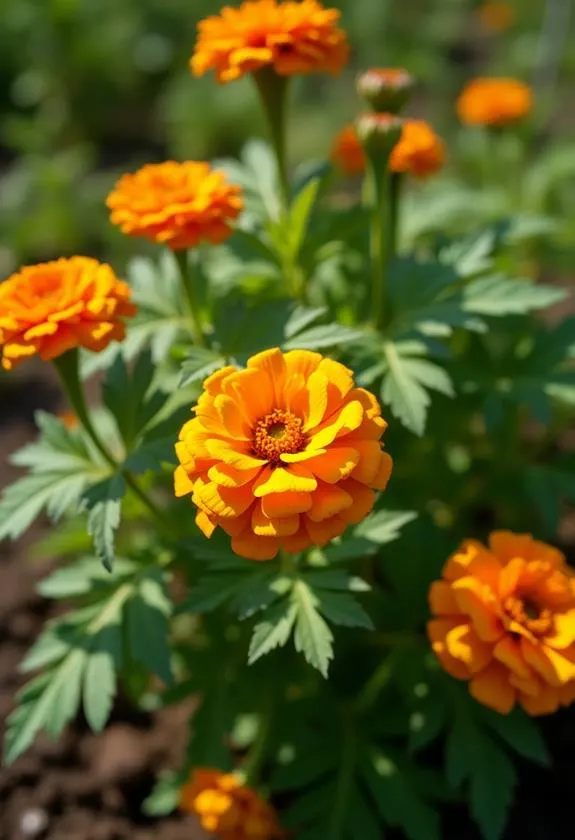
Marigolds are more than just vibrant orange and yellow blooms brightening up your garden. They exude a scent that repels nematodes and other insects that can wreak havoc on vegetable plots. Planting marigolds strategically around your garden can act as a living fence, keeping unwanted bugs at bay.
Beyond their pest-repelling prowess, marigolds are also drought-tolerant and can flourish in a variety of soil conditions. They make fantastic border plants, and their cheerful appearance is sure to lift the spirits of any gardener.
2. Basil: More Than a Culinary Delight
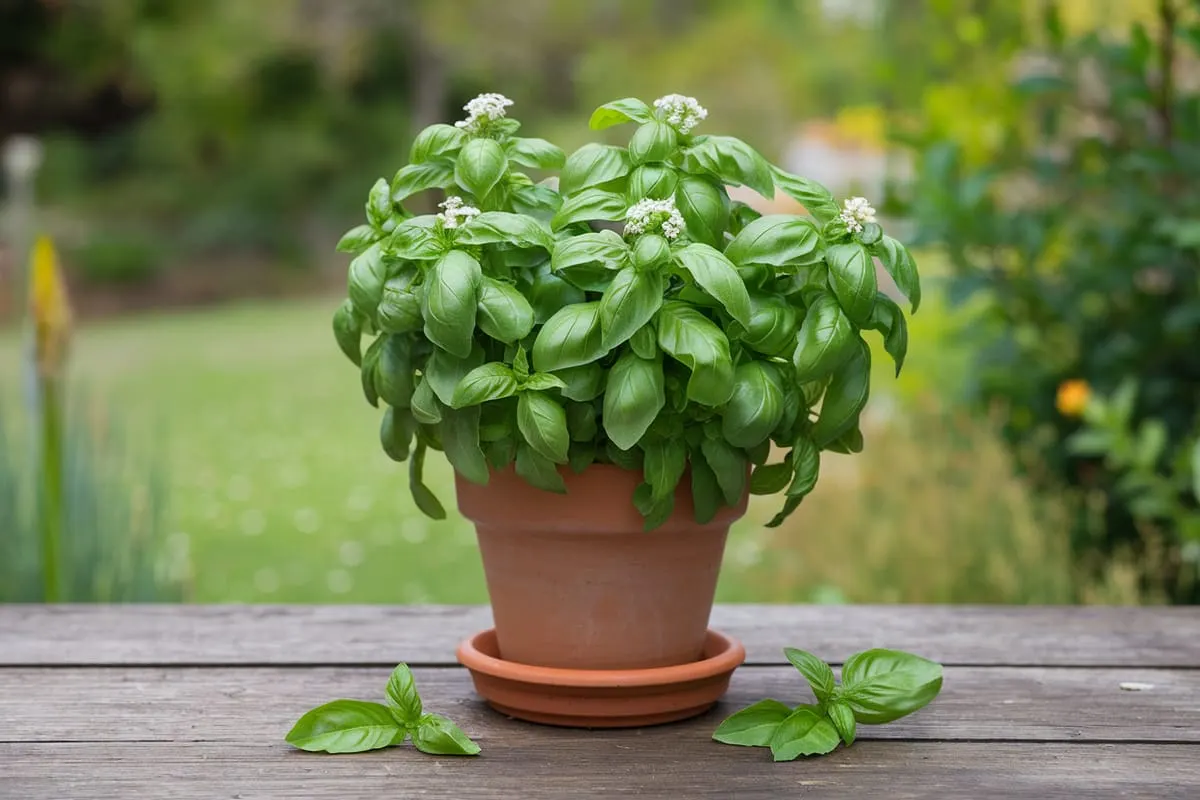
Basil isn’t just for pesto lovers; it’s a powerful natural insect repellent too. This herb is known to keep mosquitoes and flies away, making it perfect for planting near doorways or windows. Moreover, basil’s delightful aroma is a bonus for your kitchen garden.
Positioning basil near tomatoes also provides a companion planting benefit, as it can enhance the growth and flavor of tomatoes. A win-win for both your dinner plate and garden health!
3. Lavender: Fragrant and Functional
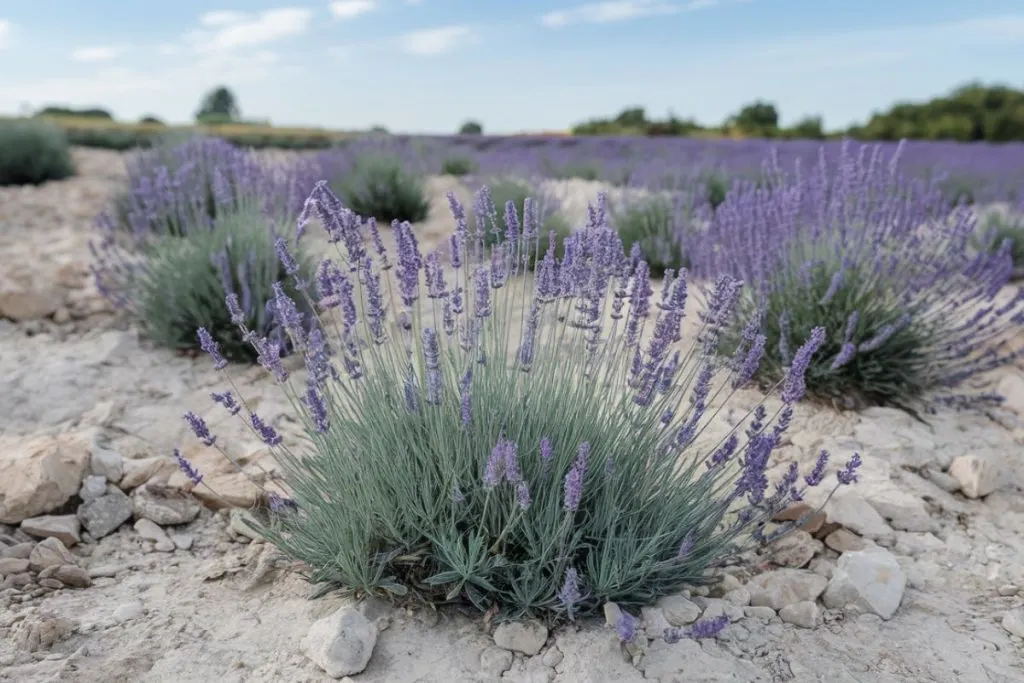
Lavender’s calming scent for humans is a deterrent for pests, particularly moths and fleas. Its beautiful purple spikes can provide a stunning backdrop in any garden, all while protecting your plants from unwelcome visitors.
Lavender thrives in sunny locations with well-drained soil, and as a bonus, it attracts pollinators like bees and butterflies, promoting a vibrant and active garden ecosystem.
4. Nasturtiums: The Sacrificial Bloom

Nasturtiums function as a trap crop, attracting aphids and caterpillars away from more vulnerable plants. These colorful flowers lure pests to themselves, sparing your vegetables and herbs.
Besides being a great natural pest control option, nasturtiums are edible and can add a splash of color to salads. Their peppery taste is a favorite among chefs and home cooks alike.
5. Mint: The Scent Barrier
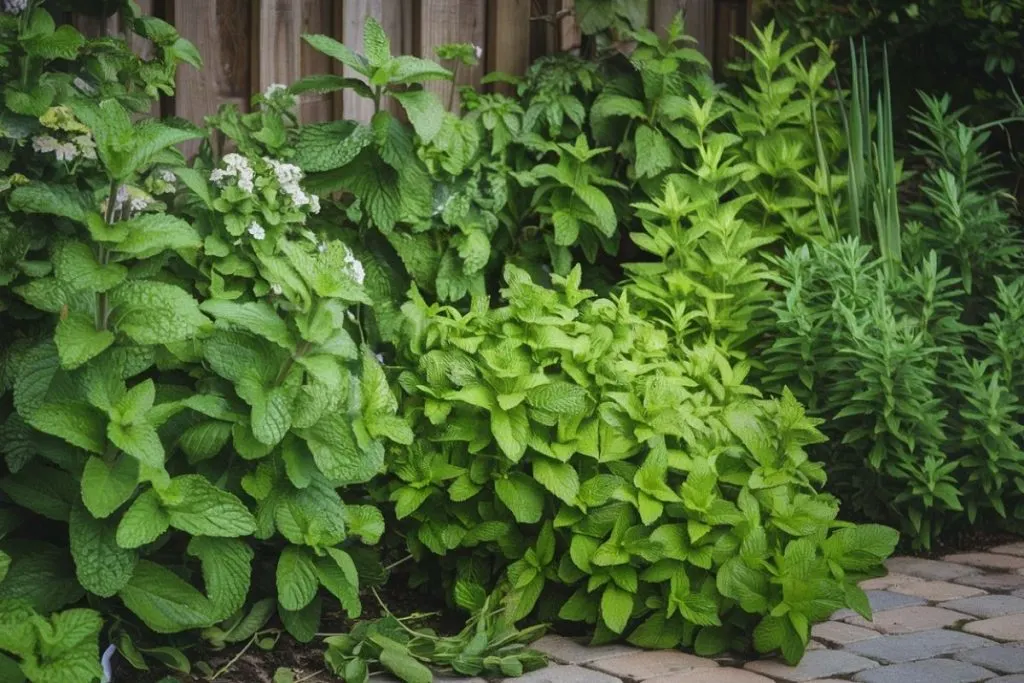
Mint is widely recognized for its refreshing aroma, which is disliked by ants, aphids, and fleas. Planting mint around your garden can create an invisible barrier that keeps these pests at bay.
However, be cautious with mint, as it can be invasive. Consider planting it in containers to prevent it from overtaking other plants in your garden.
6. Rosemary: A Strong Scented Shield
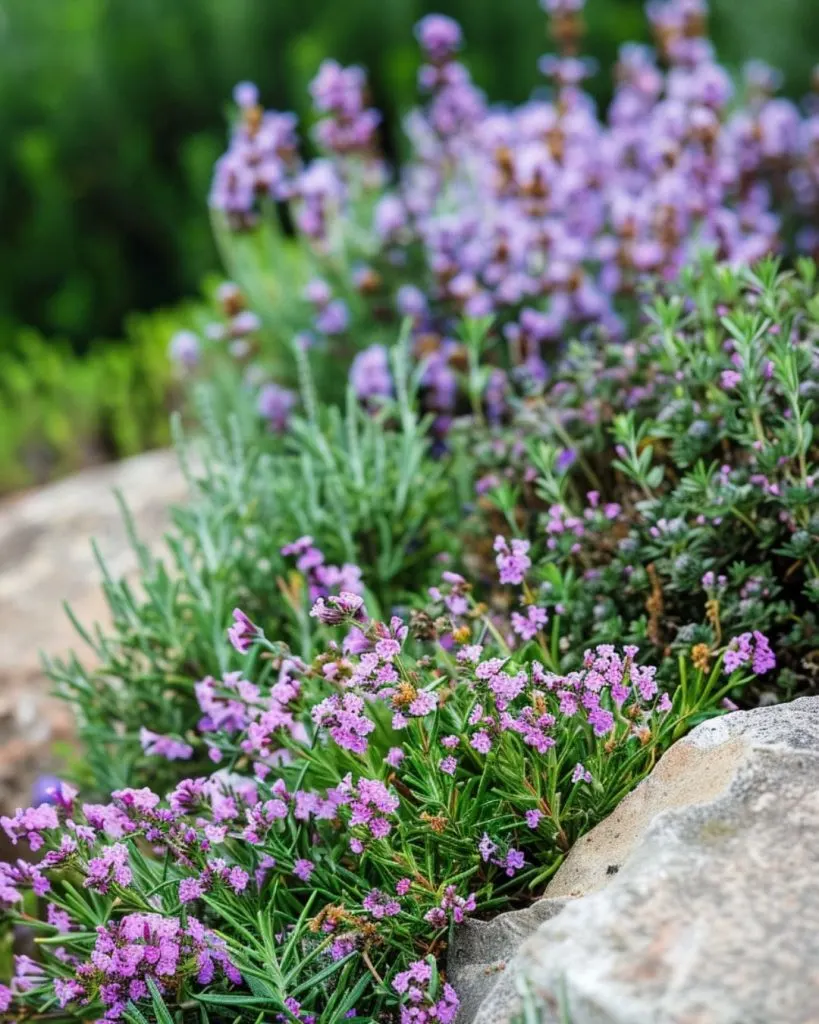
Rosemary’s woody scent is unpleasant to various insects, including cabbage moths and carrot flies. Its aromatic leaves are not only useful in cooking but also in deterring unwanted pests from your garden.
Position rosemary near vegetable patches or in areas prone to pest invasions. As an added bonus, rosemary is drought-resistant and can thrive in poor soils, making it a resilient addition to your garden.
7. Chrysanthemums: Nature’s Pest Patrol

Chrysanthemums contain a natural insect-repellant compound called pyrethrin, which affects the nervous systems of insects. This makes them highly effective against ants, ticks, fleas, and roaches.
Plant chrysanthemums around your garden to create a protective perimeter against a variety of pests. Their vibrant blooms also add a splash of color, making them a visually appealing addition to your landscape.
Time to Get Planting
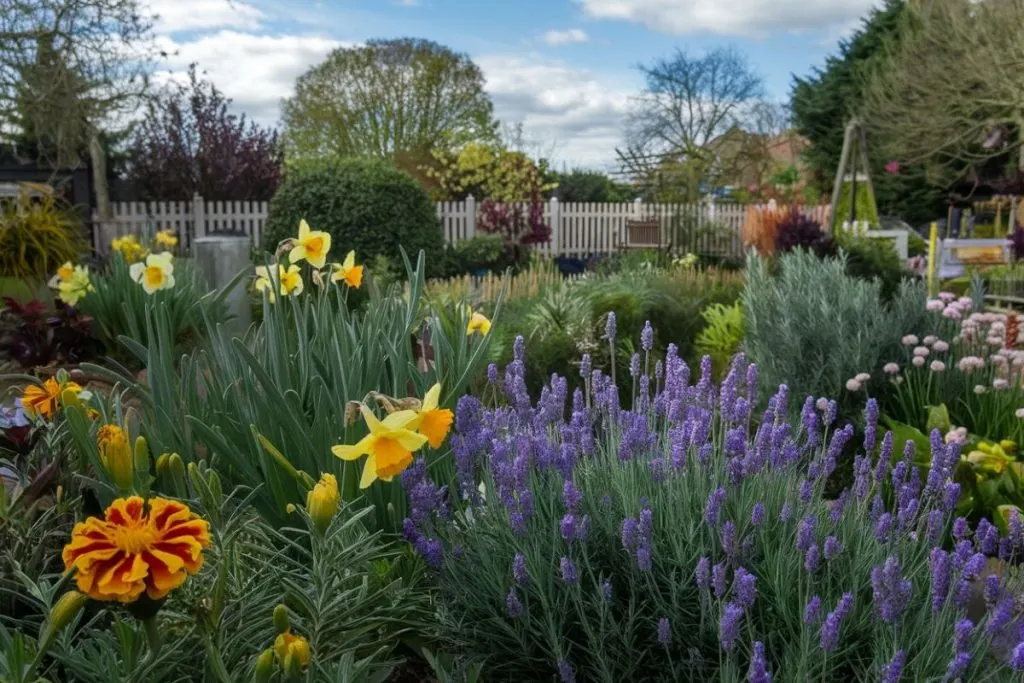
Incorporating these plants into your garden not only enhances its beauty but also provides a natural and sustainable method of pest control.
By taking advantage of nature’s own defenses, you can create a thriving garden without relying on harmful chemicals.
So, the next time you spot a pest, remember you might already have a leafy ally waiting to lend a hand.
Get your hands dirty and start your journey towards a pest-free garden today!

